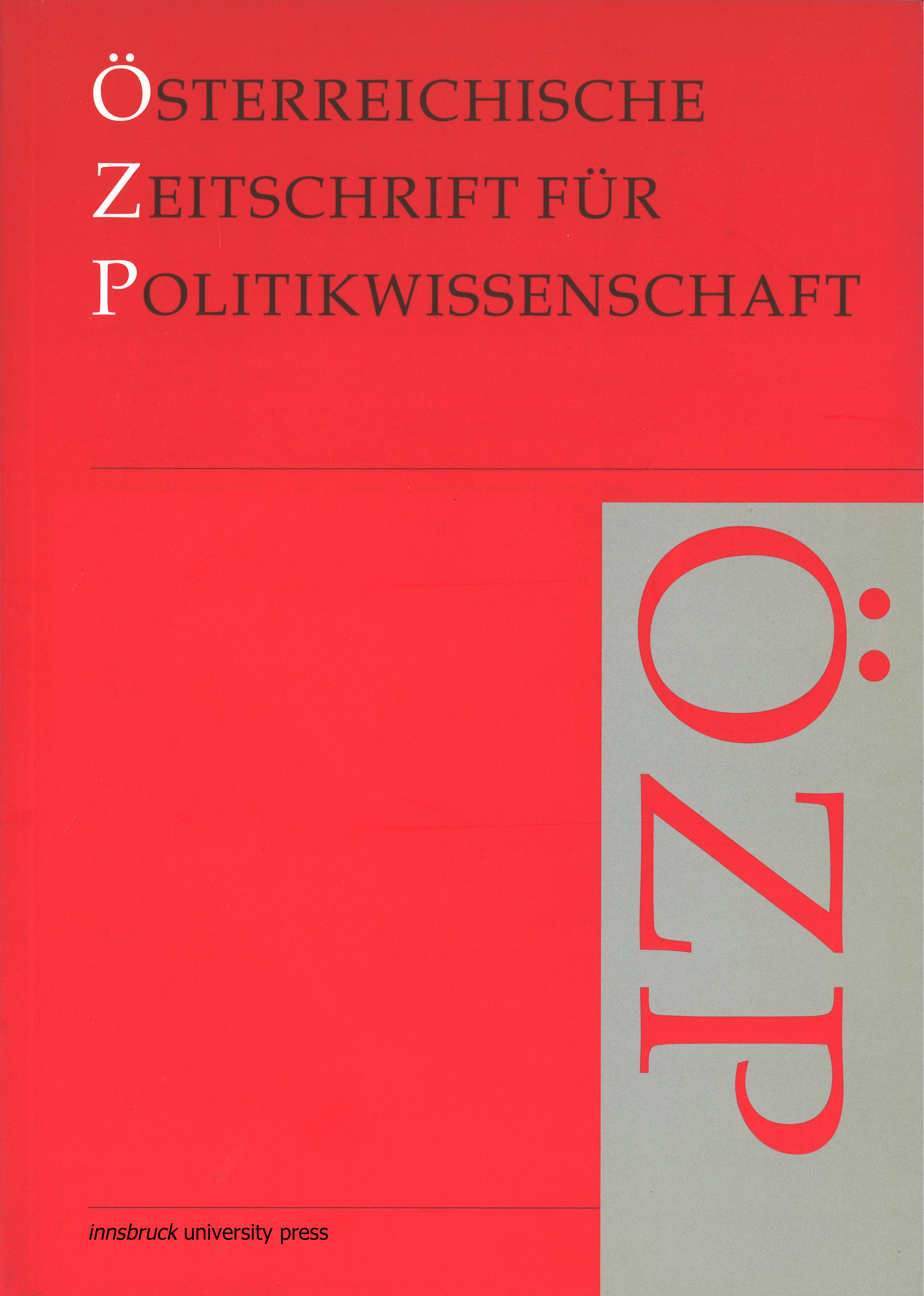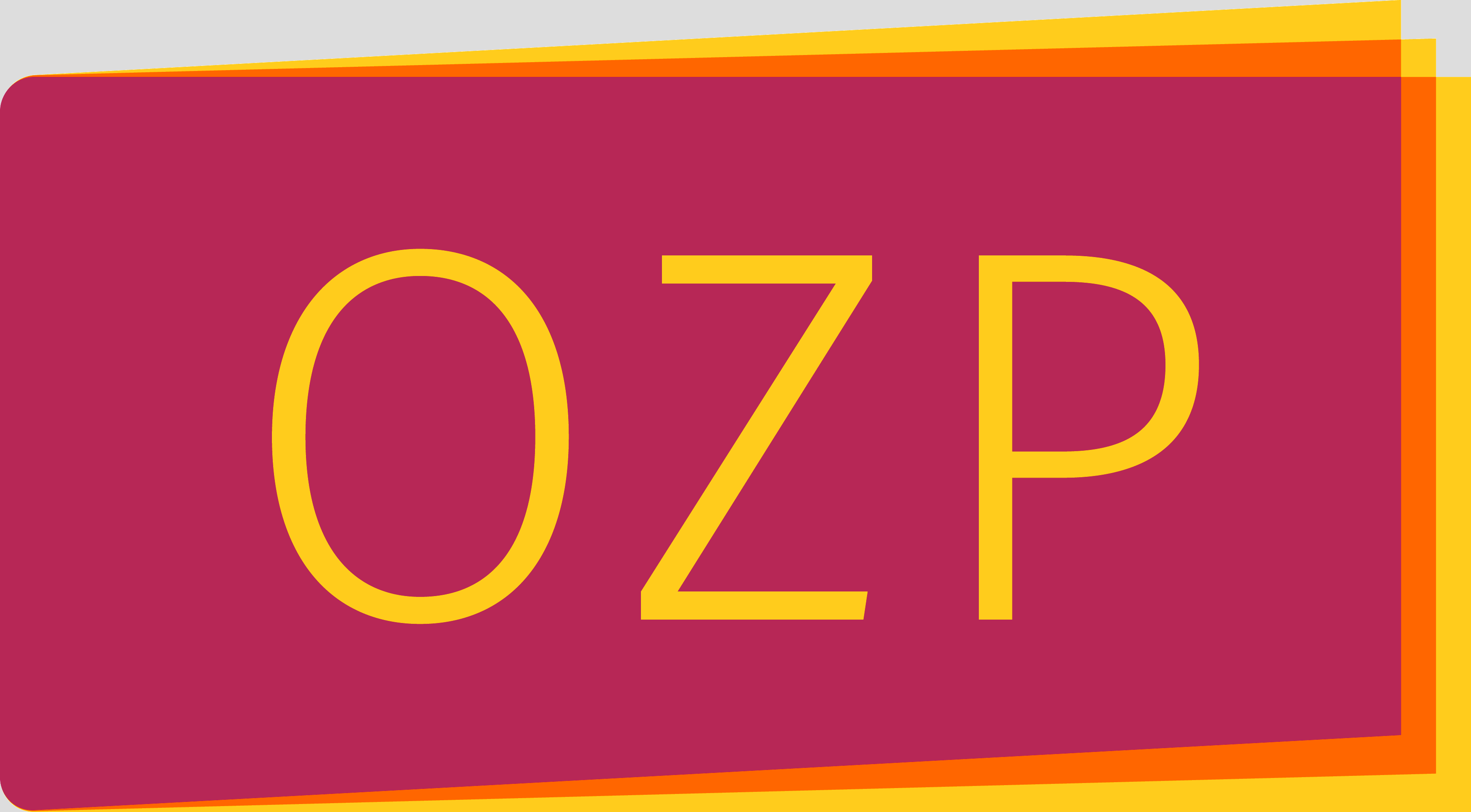Die Pressekonzentration in Österreich im europäischen Vergleich
DOI:
https://doi.org/10.15203/ozp.896.vol35iss4Schlagwörter:
Pressekonzentration, Mediensystem, Zeitungsmarkt, Österreich, EuropaAbstract
Der Beitrag untersucht das Phänomen der Pressekonzentration im Rahmen einer detaillierten Analyse des österreichischen Mediensystems im europäischen Vergleich. Den theoretischen Rahmen bilden die von Hallin und Mancini (2004) für eine vergleichende Analyse von Mediensystemen in den liberalen Demokratien Westeuropas und Nordamerikas entwickelten models of media and politics. Entsprechend dem in nord- und mitteleuropäischen Staaten vorherrschenden demokratisch-korporatistischen Modell (in Abgrenzung zum polarisiert-pluralistischen und zum liberalen Modell) interessieren vor allem zwei zentrale, einander überlappende und bedingende Strukturmerkmale: eine lange Zeit der Koexistenz von Partei- und Massenpresse, aus der eine bis in die Gegenwart andauernde starke Position der Tageszeitung auf dem Werbe- und Publikumsmarkt resultiert, und die Koexistenz von politischem Parallelismus in den Medien und einem hohen Professionalisierungsgrad. Beide Charakteristika lassen sich für das österreichische Mediensystem in einem großen Ausmaß zeigen. Für die daraus resultierende Notwendigkeit externer Vielfalt ist allerdings das in Österreich herrschende Ausmaß an Pressekonzentration als Gefährdung zu werten, während Auswirkungen der jüngeren Trends zu Regionalisierung und Lokalisierung noch nicht einschätzbar sind, aber mit einem im europäischen Vergleich überdurchschnittlich hohen Rückgang des Interesses an politischer Information einhergehen.Downloads
Ausgabe
Rubrik
Lizenz
The OZP is the authorized publication of the Österreichische Gesellschaft für Politikwissenschaft (ÖGPW, Austrian Political Science Association)
The author of an article (in case of multiple authors: the corresponding author, responsible for releasing this material on behalf of any and all co-authors) accepted to be published in the OZP hereby acknowledges the following Copyright Notice:
- The author retains the copyright to the article.
- It is the responsibility of the author, not of the OZP, to obtain permission to use any previously published and/or copyrighted material.
- Publication of a submitted text is dependent on positive results from the peer reviewing. In such a case, the OZP editors have the right to publish the text.
- In case of publication, the article will be assigned a DOI (digital object identifier) number.
- The author agrees to abide by an open access Creative Commons Attribution (CC BY-SA) license. The license permits any user to download, print out, extract, reuse, archive, and distribute the article under the same license, as long as appropriate credit is given to the author and source.
- The license ensures that the author’s article will be available as widely as possible and that the article can be included in any scientific archive. In order to facilitate distribution, the author agrees that the article, once published, will be submitted to various abstracting, indexing and archiving services as selected by the OZP.
- In addition, the author is encouraged to self-archive the article, once published, with reference to the place of the first publication.
- After the contribution appears in the OZP, it is still possible to publish it elsewhere with reference to the place of the first publication.
- The finished article, if published, will include a correspondence address (both postal and email) of the author.
- If written under the auspices of a grant from one or more funding agencies, such as FWF (Austrian Science Fund), ERC (European Research Council), and Horizon 2020 (EU Framework Programme), an article accepted for publication has to be deposited in an Open Access archive. The OZP’s archiving policy is compliant with these provisions. (In case the article derives on funding from a different source, the author is responsible to check compliance of provisions.)




